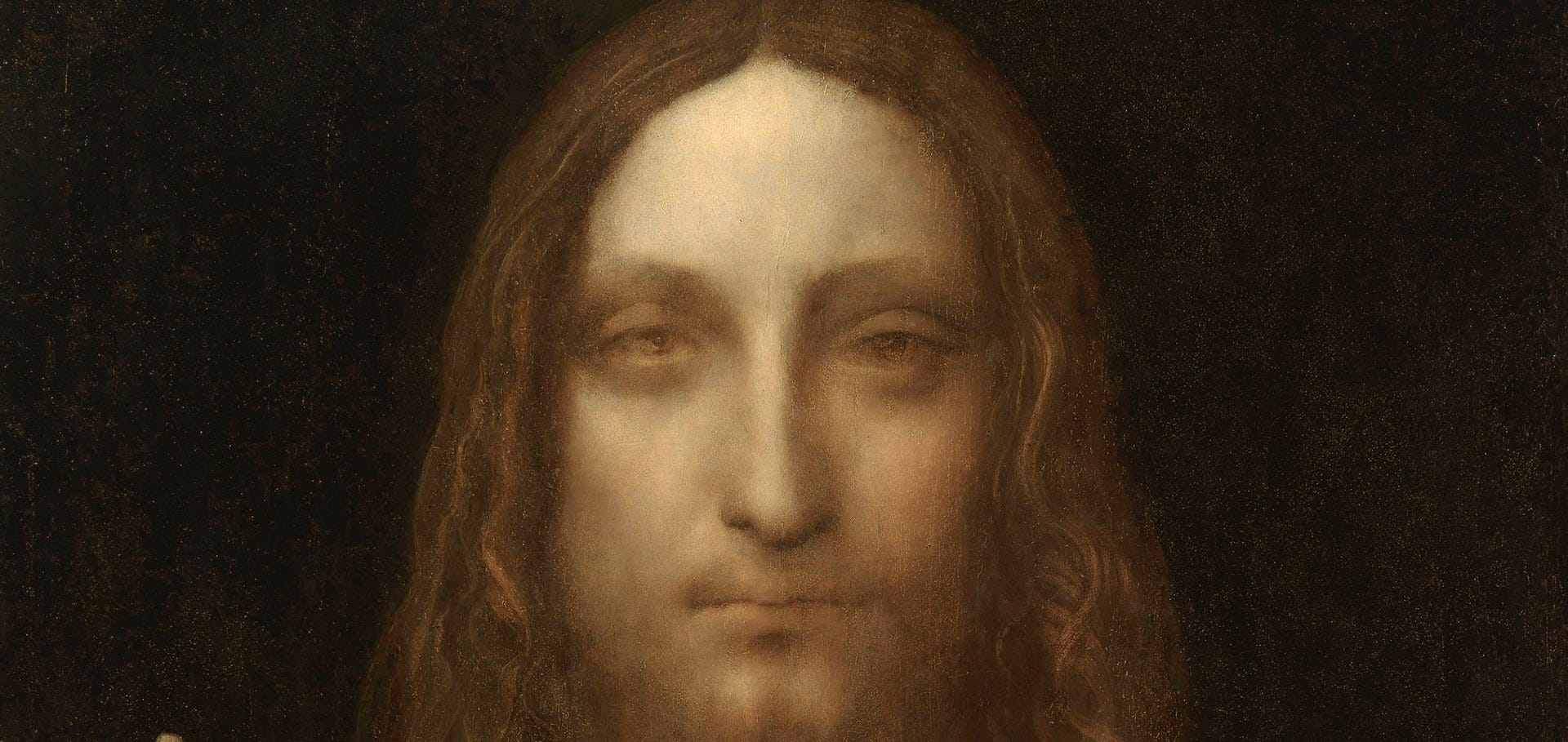Johannes Vermeer Artwork & Paintings Interesting Facts
- Dec 4, 2023

Image: Johannes Vermeer - The Milkmaid (Het melkmeisje), c. 1658
Dating all the way back to the Greeks of hundreds of years BC, we as a culture have information about all kinds of important figures throughout time. From Socrates to Plato, from Alexander to Caesar, even though some people lived thousands of years ago, their biographies are ours to command. Johannes Vermeer artwork is so famous, but we still wonder why the reclusive Dutch painter remains so far out of our grasp. What kind of person was he, and what kind of life did he live? For a master painter such as himself, he should have been more well-known, but he was not. Why has he eluded all kinds of biography?
1- Johannes Vermeer: The Mysterious Master
Johannes Vermeer’s artwork primarily depicts domestic interior scenes and portraiture focused on a few subjects. His interests lay in the compositional and technical aspects of art, including, most famously, his preoccupation with light and lighting. “Girl with a Pearl Earring,” one of his most famous canvases, epitomizes his interests and showcases his technical skill beautifully.
2 - Life in His Mother-in-Law’s House
Vermeer’s personal life is shrouded in mystery, with very little documentation available. He was believed to be a recluse, dedicated almost exclusively to painting. Living in his mother-in-law’s house for most of his life, Vermeer managed to scrape together a living through his paintings and the painting trade. His mother-in-law, a wealthy woman, supported him and her daughter, but financial stresses hounded him throughout his life.
3 - An Obsession with Painting Techniques
Vermeer’s fascination with light is showcased in his masterpiece, “Girl with a Pearl Earring.” This painting, now housed in The Hague since 1902, features a girl whose identity remains unknown, perhaps Vermeer’s daughter. His technique for mimicking light is evident in the portrait, especially in the girl’s earring, which glows with a tantalizing luster. Vermeer’s use of optics, including curved mirrors, camera obscura, and camera lucida, helped him capture the beautiful lighting that graces his works.
4 - Rediscovering a Buried Giant
While little is known about Vermeer’s life, we know what happened to his family and reputation after his death. Economic troubles in the Netherlands and his own bad luck in his profession, coupled with the relatively small distribution of his works, meant that Vermeer’s artwork was not fully recognized during his time. In 1860, a German museum director recognized “The Art of Painting” as an authentic Vermeer. This painting, previously misattributed to Pieter de Hooch, brought Vermeer posthumous fame after being researched and included in a catalogue. This rediscovery finally earned Vermeer the respect he deserved.
5 - The Enigmatic Use of Symbolism
Vermeer’s paintings are rich with symbolism, adding layers of meaning that continue to intrigue art historians and enthusiasts alike. For instance, “The Milkmaid” features a humble kitchen scene that subtly conveys themes of domestic virtue and quiet contemplation. Each object in his paintings is carefully chosen and placed, inviting viewers to delve deeper into their potential meanings. This use of symbolism adds to the enigmatic allure of his works, making them a subject of ongoing study and fascination.
6 - The Mystery of His Limited Output
One of the most puzzling aspects of Vermeer’s career is the relatively small number of paintings he produced—about 34 known works. This limited output has led to speculation about his working methods and personal circumstances. Some theories suggest he painted slowly and meticulously, while others propose that he may have had other commitments or health issues that limited his productivity. This scarcity of works only adds to the mystique surrounding Vermeer and his art.
7 - Vermeer’s Influence on Modern Art
Despite the scarcity of his works and the mystery of his life, Vermeer’s influence on modern art is undeniable. Artists and photographers alike have drawn inspiration from his masterful handling of light and composition. His techniques have been studied and emulated, and his works continue to inspire new generations of artists. The enduring appeal of Vermeer’s paintings speaks to their timeless beauty and the universal human experiences they capture.
By delving into the enigmatic life and masterful works of Johannes Vermeer, we uncover the layers of mystery surrounding this reclusive genius. His dedication to light and technique, coupled with the eventual rediscovery of his works, cements Vermeer as one of the greats in art history. Explore more about Vermeer and other fascinating artists on Musart.com, where art history comes alive.








